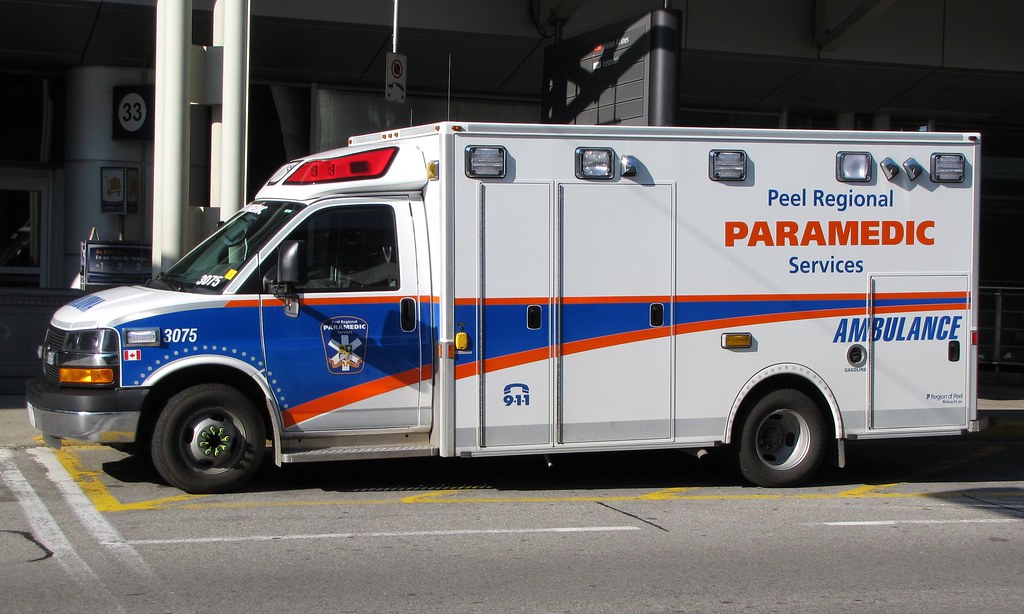TDSB votes against expanding TV pilot project in schools
Posted March 9, 2011 6:20 am.
This article is more than 5 years old.
After a lengthy debate, the Toronto District School Board has voted against expanding a pilot project that would have seen TV ads running in up to 70 schools.
Some TDSB members say they’re going to bring the program back to the table in the near future.
OneStop Media, the same company that operates screens on subway platforms, provides the LCD TVs that are mounted in hallways, with a five-15 per cent cut of ad revenue going to the school board.
The TDSB receives $1,300 for every school that participates.
Television screens in four downtown Toronto high schools currently display student-generated content as well as class and exam information as part of the pilot project that started last year.
The TVs also show up to two hours of ads from non-commercial sponsors such as post-secondary schools and the government.
Milk and MuchMusic ads have also run on the screens.
Under the agreement, up to two hours of ad time is permitted in school hallways.
Some argue the screens provide an up-to-date communication tool for students and staff, while others say schools should be at least one place kids aren’t exposed to advertising.
“Students should not be used by corporations to be able to sell their products, schools are for learning,” argued Trinity-Spadina MPP, Rosario Marchese.
School Board Trustee Chris Glover is wary of the idea, fearing it could lead to more significant infiltration by advertisers.
“It’s a slippery slope, if you Google ‘schools and commercialism’ you get a million hits, it’s a big issue in the United States,” he told CityNews before the vote.
“They’ve got advertising on the back of the exam papers, some of the schools are sponsored by Coca Cola and they’ve got a Coca Cola day.”
Harbord Collegiate Institute is currently one of the four schools involved in the pilot project, and principal Rodrigo Fuentes notes the screens have been used for positive initiatives.
“Last year our school raised $14,000 for Haiti relief. The screens are one of the instrumental parts of doing that…”
If the board had voted to expand the digital sign program, new screens would have been installed in between 50 and 70 schools by the end of March with an additional 20 schools potentially added in 2012.










